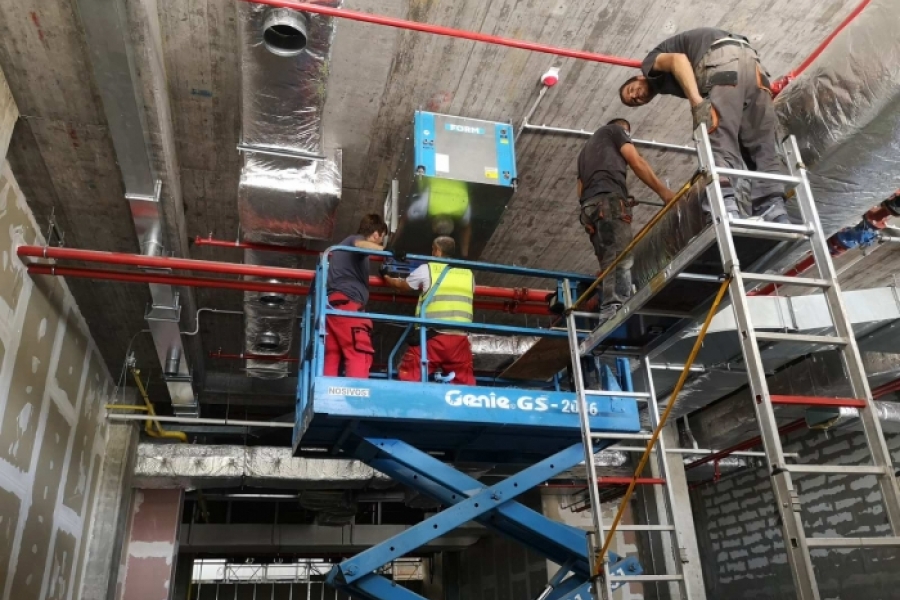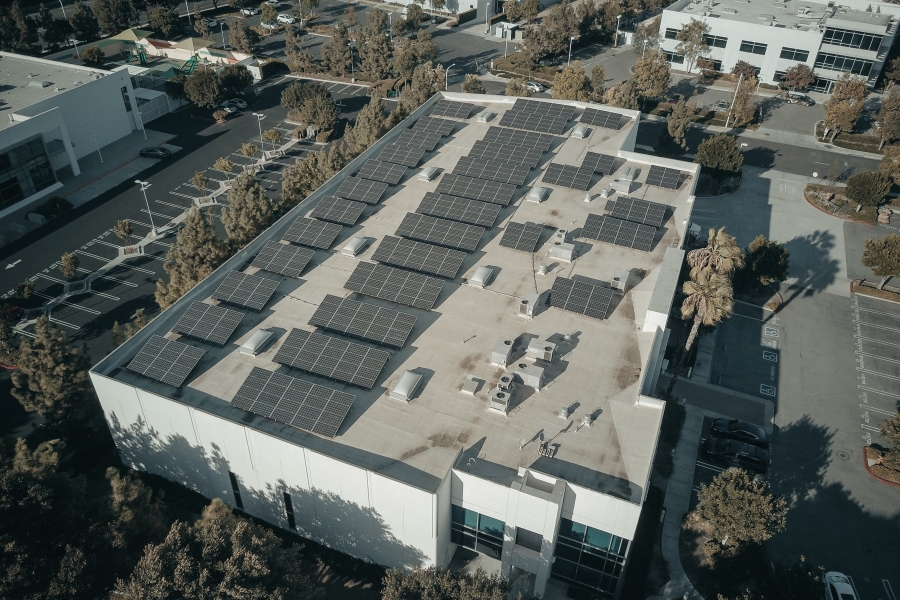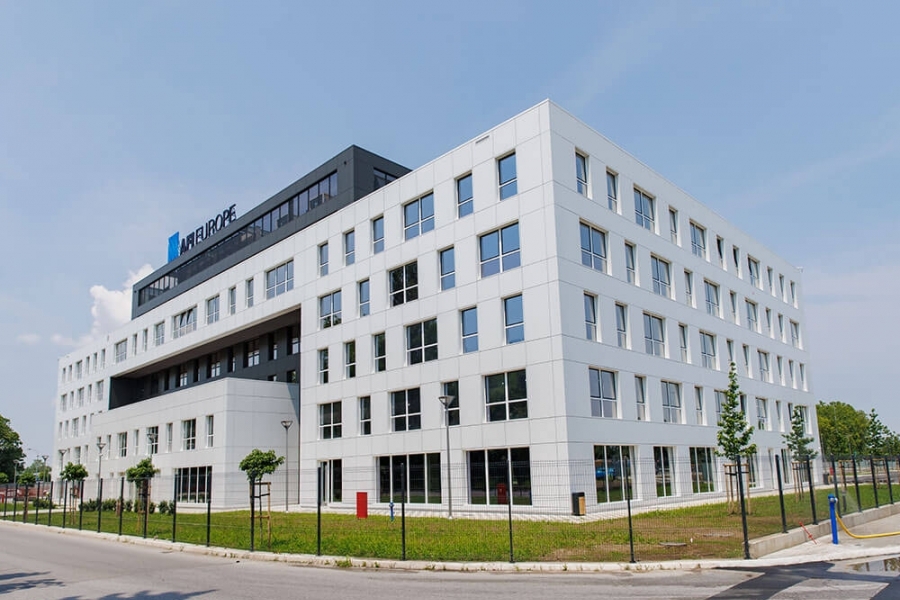
The installation of a hot water distribution pipeline is a crucial aspect of designing an efficient heating system. Proper planning and implementation of the pipeline are essential to ensure optimal heat distribution and energy efficiency. In this article, we will explore the key steps involved in installing a hot water distribution pipeline and adapting the heating system accordingly.
The first step in installing a hot water distribution pipeline is to design and determine its size based on the heating requirements of the building or facility. Factors such as the total heat load, desired water temperature, flow rate, and pipe material selection need to be considered during the design phase. Proper sizing ensures efficient heat distribution and avoids unnecessary energy losses.
Choosing the appropriate pipe material is crucial for the longevity and efficiency of the hot water distribution pipeline. Commonly used materials include copper, PEX (cross-linked polyethylene), and stainless steel. Factors such as durability, corrosion resistance, thermal conductivity, and cost should be considered when selecting the pipe material. Consulting with professionals can help determine the most suitable option.
Insulating the hot water distribution pipeline is essential to minimize heat loss and ensure efficient heat transfer to the desired locations. Insulation materials with high thermal resistance, such as foam or fiberglass, should be selected and properly installed along the length of the pipeline. Insulation thickness should be determined based on the specific requirements and desired energy efficiency goals.
Proper pressure regulation and safety measures are critical in a hot water distribution system. Pressure-reducing valves and safety relief valves should be installed to maintain the desired pressure levels and prevent potential hazards. Compliance with local regulations and industry standards is essential to ensure the safety and reliability of the system.
The hot water distribution pipeline needs to be seamlessly integrated with the existing heating system. This involves connecting the pipeline to the heat source, such as a boiler or heat pump, and ensuring proper circulation through pumps and control valves. Balancing the flow rates and temperature control throughout the system is vital for efficient and uniform heat distribution.
After the installation is complete, thorough testing of the hot water distribution pipeline is necessary to identify and address any potential issues. Pressure testing, leak detection, and performance evaluation should be conducted to ensure proper functionality. Regular maintenance, including inspections, flushing, and valve checks, should be performed to maintain the systems efficiency and longevity.
By following these key steps and considering important factors during the installation process, a hot water distribution pipeline can be effectively installed, providing efficient heat distribution and contributing to the overall energy efficiency of the heating system.
To learn more about our heating system installation and design services, contact us today to find the best solution for your business needs together.

Solar heating is an increasingly popular solution for heating commercial buildings. By harnessing the power of the sun, businesses can enjoy numerous ...
More

As a company engaged in the installation and design of heating systems in the construction industry for residential and commercial buildings, business...
More

Shopping malls are bustling spaces where shoppers come to explore, browse, and make purchases. A crucial aspect of creating a pleasant and inviting en...
More